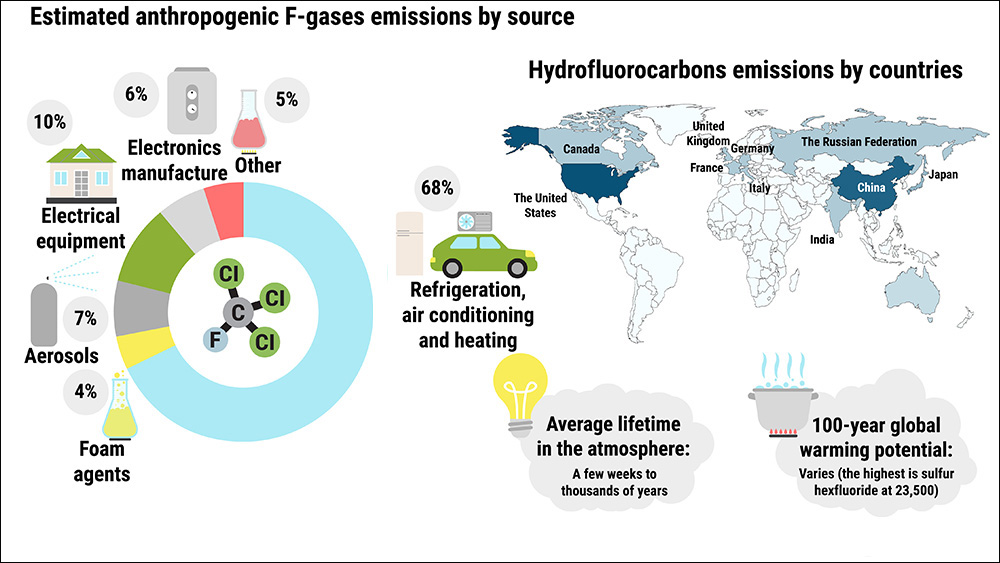Synthetic refrigerants, such as hydrofluorocarbons, are currently being phased out by the European Union.
|
ADVERTISEMENT |
According to the revised F-gas Regulation recently signed into EU law, all new self-contained refrigeration equipment, with the exception of chillers, installed from January 2025 on must use refrigerants with a global warming potential (GWP) value of less than 150. Existing systems may still be used and repaired for the remainder of their economic life.
However, effective from 2032, refrigeration systems using refrigerants with a GWP value above 750, apart from chillers, can no longer be refilled during maintenance and service.
From 2027, further restrictions on the maximum amount of synthetic refrigerants that can be placed in the EU market will be introduced, capping the amount at about 20 million tonnes CO2 equivalent per year. This will increase the price of synthetic refrigerants, making equipment, such as milk cooling tanks with outdated technology, more costly to purchase and operate. This will create an incentive to invest in technology that is more modern and environmentally sustainable.
…

Add new comment